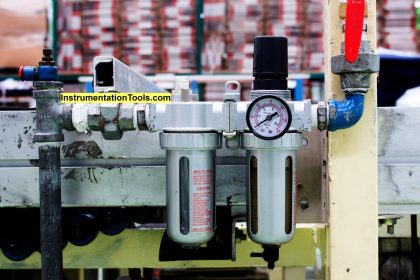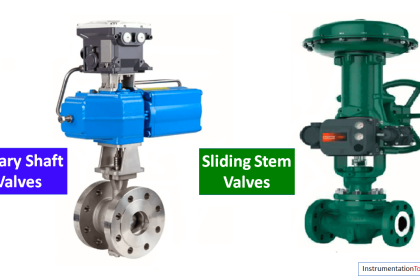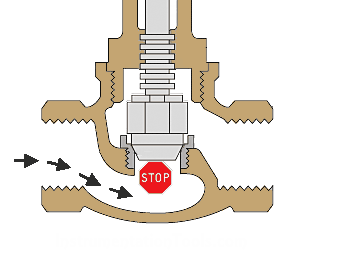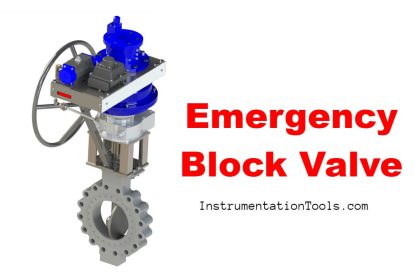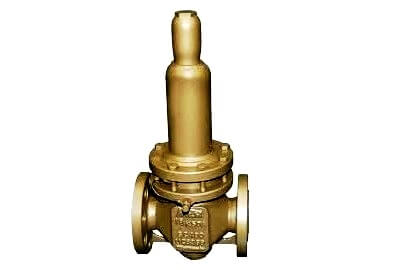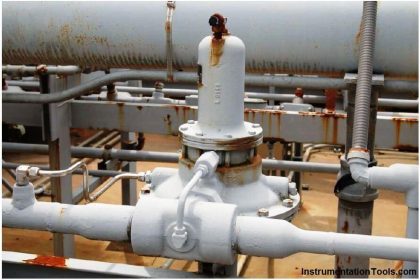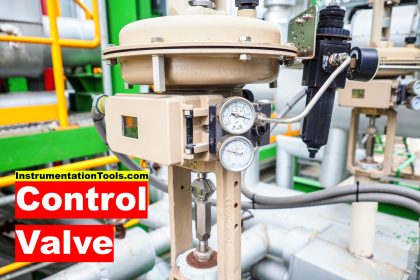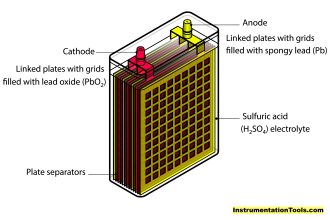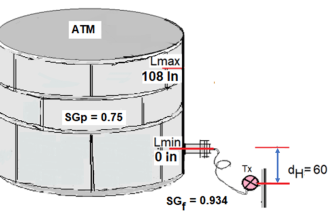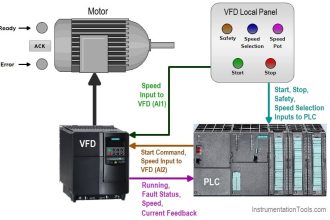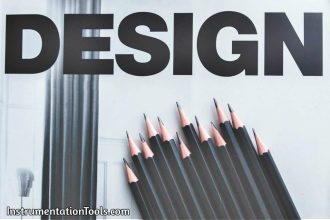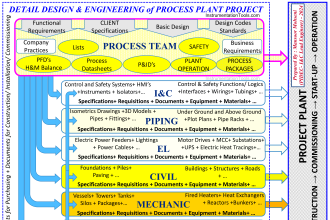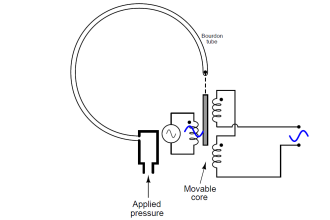We know the importance of boiler system in the industries such as power plants. If any abnormal operation occurs, then it may blast and be hazardous for the nearby people and the environment. So, apart from the boiler, the supporting parts too must be taken care of. The most important device in a boiler system is a pressure relief valve. In this post, we will see the concept of a pressure relief valve in a boiler system.
Boiler Pressure Relief Valve
The definition implies a pressure relief valve. The boiler is just an application. As the name says, it is a valve that relieves pressure from the system when it increases. This brings the system to a safe level of operation.
It is possible many times that the pressure of water or gas in the pipeline will increase. It can be possible due to choked pipelines, damaged vessels, irregular passing of cooling water through the vessel, or faults in expansion vessels. In this case, some change of rise in pressure is acceptable. But, a very high rise in pressure can disrupt the operation of the boiler system. In this case, a valve for pressure relief is used near the boiler which will remove the excess water or gas and thus bring the pressure back to normal condition.
It has a set pressure, which is the normal operating one. When this value exceeds, the valve will open and pass the inlet media to the outlet pipeline. It will remain open until the pressure becomes normal. As soon as the pressure is relieved, the valve closes back again.
Internal Parts of Relief Valve
The below image shows the internal parts of a conventional spring-loaded relief valve.

How does a pressure relief valve work?
The pressure relief valve has four main components – spindle, valve cap, spring, and valve seal. The pressure is set inside the valve after commissioning or taking the valve in line with the process. In normal working conditions, the valve will be closed and there will be no connection between the inlet and outlet pipelines.
As soon as the pressure starts to increase, the valve seal will first push the spindle. The spindle is the main mechanical moving part and it is responsible for pushing further the spring. Once the spring starts to be pushed, the connection between the inlet and outlet starts to open. The more pressure, the more will be the force applied to the spring and the more will be the connection opened.
Due to this, as the connection opens, the inlet pipeline extra media flows to the outlet pipeline media. This will start to reduce the pressure. As soon as the pressure starts to drop, the spring will start to retrieve to its original position and push back the spindle. When the pressure becomes fully normal, the spring will be fully retrieved and the connection between the inlet and the outlet will finally be closed.
It is many times possible that the PRV only becomes faulty. Due to this, either the inlet will be passed to the outlet unnecessarily or the outlet will not be connected at all. In this case, scheduled maintenance of PRV is required. Also, the valve should always be placed near the boiler for better efficiency.
Benefits of using a pressure relief valve
- The first and foremost major advantage is that the boiler system remains safe from any untoward incident. This is because the pressure in the system is maintained overall. High pressure can damage the boiler system in the long run.
- The maintenance cost of the boiler system is drastically reduced if PRV is used. Otherwise, it would become costly to replace the boiler system or do some other work.
- When PRV is used, it means your system is operating under safety compliance and standards. So, you will not be imposed any major fines due to this.
If you liked this article, then please subscribe to our YouTube Channel for Instrumentation, Electrical, PLC, and SCADA video tutorials.
You can also follow us on Facebook and Twitter to receive daily updates.
Read Next:
- What is a Fail-Close Valve?
- Gate Valves vs. Globe Valves
- Solenoid and Motorized Valves
- Solving Control Valve Hunting
- Common Control Valve Problems
